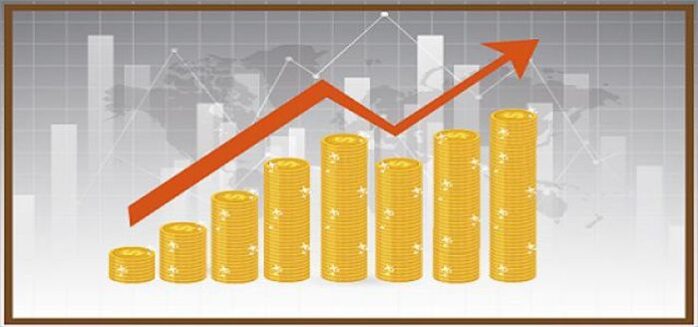
The global Acrylamide market is forecast to reach USD 5.82 Billion by 2027, according to a new report by Reports and Data. Acrylamide is a compound prepared by the hydrolysis of acrylonitrile. It is also produced while cooking foods containing carbohydrates. The compound is also highly absorbent, which makes it ideal for application in baby diapers.
The acrylamide market is expected to gain significant importance with municipal wastewater treatment applications encouraging the consumption of the product. It is used in a wide variety of industrial wastewater treatment processes that employ breweries, paper, pharmaceuticals, leather, textiles, electroplating, and petrochemical. Moreover, it also plays a crucial role in playing a solid-liquid separator in municipal wastewater treatments for treating sewage. The primary factor driving the market are increased consumer awareness towards health and inclusion of a healthy diet in daily food. Moreover, the growth in the food and bakery industry is expected to drive the market during the forecast period. The growing food and bakery industry is anticipated to propel the demand of the market.

Further key findings from the report suggest,
- More than 90% of acrylamide is used in the manufacture of polyacrylamides (PAM). They are organic flocculants, and their use is as wastewater treatment agents. PAM is also used as dewatering and conditioning aids for sludge, in industrial operations such as in pulp and paper plants, and thickening of waste sludge in municipal sewage treatment.
- An important application for PAM is in enhanced oil recovery (EOR). EOR is usually used when the rest of the extraction methods have become inept. It boosts extraction yields by injecting either a gas or a PAM/water solution.
- Europe holds a noteworthy share of shale gas reserves, and there are still countless reserves present throughout the globe. With fracking applications growing globally, the consumption of the market product is expected to grow steadily, supported by the upsurge in the shale gas extraction activities.
- When aqueous acrylamide solutions are mixed with sewage, they form large flocs, which improve sedimentation rate in clarifiers, water removal in sludge thickening equipment, and floatation rates in dissolved air flotation (DAF) systems.
- The water treatment industry is witnessing strong growth fuelled by the increased industrial demand for water. As water is utilized in large quantities in several industries, such as mining and metallurgy, steel, power, oil and gas, petrochemicals, food and beverage, and textile and dyes, government all over the world are implementing regulations to treat waste water on these industries, before releasing it back into the environment.
Reasons for Buying this Report:
- The report focuses on market share, market size, revenue share, industry growth rate, regional bifurcation, and overall industry outlook.
- The study provides pin-point analysis for changing competitive dynamics.
- The report helps readers in understanding the product segments and their future growth.
- Analysts in this research report can quickly expand their business by focusing on various business and market strategies.
- It helps in making informed business decisions by having complete insights of market and by making in-depth analysis of market segments.
- PEST analysis of the market in the five major regions.
For the purpose of this report, Reports and Data have segmented into the global Acrylamide market on the basis of type, applications, end use, and region:
Type Outlook (Revenue, USD Billion; Volume, Kilo Tons; 2017-2027)
- Acrylamide Water Solution
- Acrylamide Crystals
Applications Outlook (Revenue, USD Billion; Volume, Kilo Tons; 2017-2027)
- Enhanced Oil Recovery
- Pulp and Paper Manufacturing
- Flocculent
- Thickener
- Others
End Use Outlook (Revenue, USD Billion; Volume, Kilo Tons; 2017-2027)
- Water Treatment
- Oil and Gas
- Cosmetics
- Food Packaging
- Pulp and Paper
- Others
Regional Outlook (Revenue, USD Billion; Volume, Kilo Tons; 2017-2027)
- North America
- Europe
- Asia Pacific
- MEA
- Latin America





